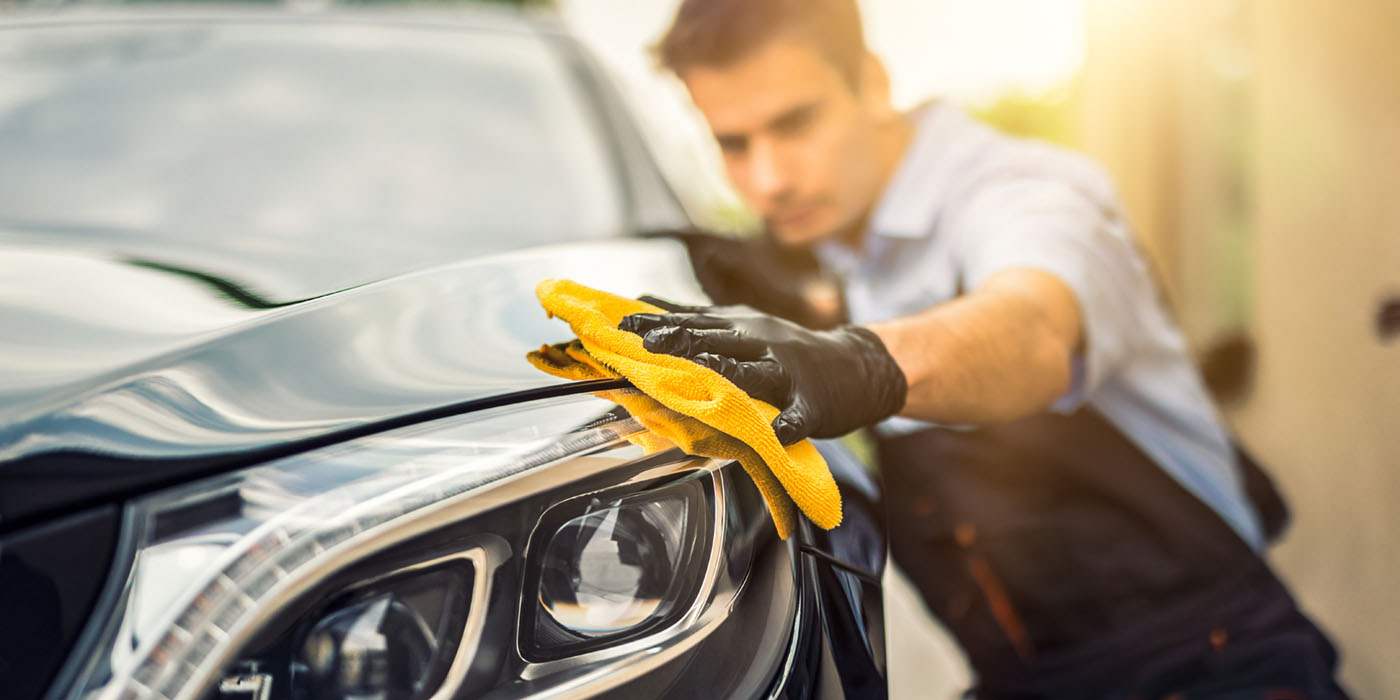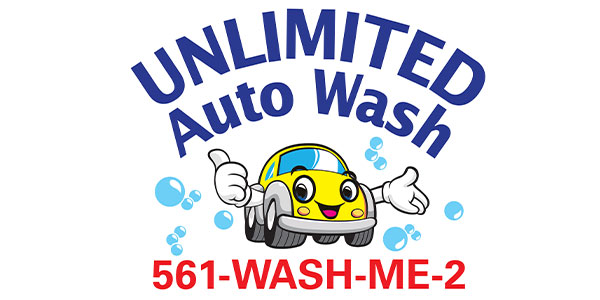The reasons to change to light-emitting diode (LED) lighting are now fairly well-documented and known throughout the carwash industry. Owners and operators recognize the higher quality light from LEDs, the elimination of annual maintenance and the dramatic power savings resulting from LED lighting versus metal halides and fluorescent lighting. If you’ve already made the switch, you likely have already recouped your investment, since the average payback is around two years.
For the rest of the industry that has not upgraded, the question is no longer if you should change or when you should change; it is now “How do I select the right LED light?”
There are multiple LED lighting manufacturers today, and selecting the right light can be difficult and confusing. The following four steps are designed to guide carwash owners and operators to selecting the right LED light for their carwash.
Step One: Determine how much light you need
The first step is to identify the amount of lumens (a measure of light output) for your wash. It’s easy to start with your existing lights as a baseline.
If you are happy with the light output you have, find an LED fixture that is within 10 percent of your current lumen output. Use Table 1 as a reference to see the amount of lumens at different metal halide and LED wattage levels. If you want more light, increase the LED wattage.
 Note: Table 1 is based on delivered lumens, not produced lumens. Metal halides produce more light than indicated in Table 1, but most of the light produced is lost and is not delivered to the area being illuminated. Delivered lumens is a measure of light where you want it.
Note: Table 1 is based on delivered lumens, not produced lumens. Metal halides produce more light than indicated in Table 1, but most of the light produced is lost and is not delivered to the area being illuminated. Delivered lumens is a measure of light where you want it.
For example: A self-serve carwash has 2 x 400W metal halides per bay. Each 400W metal halide delivers 10,000 lumens, so you have 20,000 total lumens per bay.
A 1-for-1 metal halide to LED fixture swap would require finding an LED light in the 87W to 100W range (depending on lumens/watt).
To double the light, find a fixture with higher wattage or increase the number of fixtures. Your target total wattage would be 350W to 400W of LED light per bay.
Step Two: Find quality products
Once you identify the target LED wattage and lumen output, start looking for available lights that deliver the lumens needed. Eliminate from consideration inferior performing products quickly by scanning for factors that imply lower quality. These factors include efficacy (lumens/watt), thermal management devices, LED chip types, LED-rated life and product warranties.
- Lumens per watt, or efficacy, is critical to achieving the desired light output at a cost savings versus metal halides and fluorescents. For exterior lights in carwashes, 80 lumens per watt should be the minimum threshold. With any less, the light will not be efficient to operate and you will not achieve cost savings over time.
- Thermal management devices (like fans and automated wattage adjustments) sound like a great idea until you understand these tools maintain the right heat within a fixture. A light that has thermal controls means the light heats up and dims to keep it cool after 20 to 30 minutes of operation. Fans are not reliable and can break, resulting in much less LED life. Be wary of these tricks used by some lights as you will not get the same light output or longevity of an LED if these are used.
- Not all LED chips are created equal. If the LED chip manufacturer is not disclosed, be wary of the light.
- Most carwashes operate lights from dusk to dawn — a lot of hours. Therefore, you’ll want lights that last. Look for 100,000+ hour LED life with five- to 10-year warranties. Anything less than that and you risk having the light stop working just as you pay off the expense.
Step Three: Compare five-year, total cost of ownership
Based on steps one and two, you should now have a list of high-quality lights that provide the right light output for your carwash’s needs. Now, how do you choose which light from seemingly comparable options? I recommend comparing lights on a cost per lumen basis to normalize for different factors such as different lumen output, install costs and long-term operating costs.
- Install costs: Installation costs can vary by light. Do you need to run new conduit? Or just one-to-one replacements? Can lights be daisy-chained together requiring only a single line wire? These factors will impact your install labor costs.
- Product costs: Product costs should be looked at on a cost per lumen basis. This enables you to compare lights with different lumen outputs and different costs across a common denominator.
- Operating costs: Operating costs need to be looked at to ensure you are taking into account the largest expense with lights — running them. Finding the most efficient light source will future-proof your investment and ensure you continue to save money from these lights over the next 10 to 20 years.
Let’s continue with the example from step one and do the math to compare two light options that would provide roughly double the light of 2 x 400W metal halides per bay.
 Per Table 1, you’d want approximately 18,000 to 20,000 lumens and 160W to 200W per bay (range based on 100 to 115 lumens/watt). For the sake of this example, let’s say you found two options that will work and appear to be good quality lights (you eliminated lower quality lights per step two). From here, prepare a total cost of ownership analysis of the new lights after five years.
Per Table 1, you’d want approximately 18,000 to 20,000 lumens and 160W to 200W per bay (range based on 100 to 115 lumens/watt). For the sake of this example, let’s say you found two options that will work and appear to be good quality lights (you eliminated lower quality lights per step two). From here, prepare a total cost of ownership analysis of the new lights after five years.
Table 2 shows product one as the clear winner. It is easier to install with lower install costs, seven percent less cost per lumen, 20 percent less operating expenses over five years and 19 percent less expensive overall.
Step Four: Aesthetics
Now compare how the lights look and if they will improve or detract from the look of your facility. A price premium may be worth it to get the right look and maintain consistency throughout your facility.
Michael Call is VP of sales and marketing for Mile High LED Systems. He can be reached at [email protected] or 303-257-1195.













